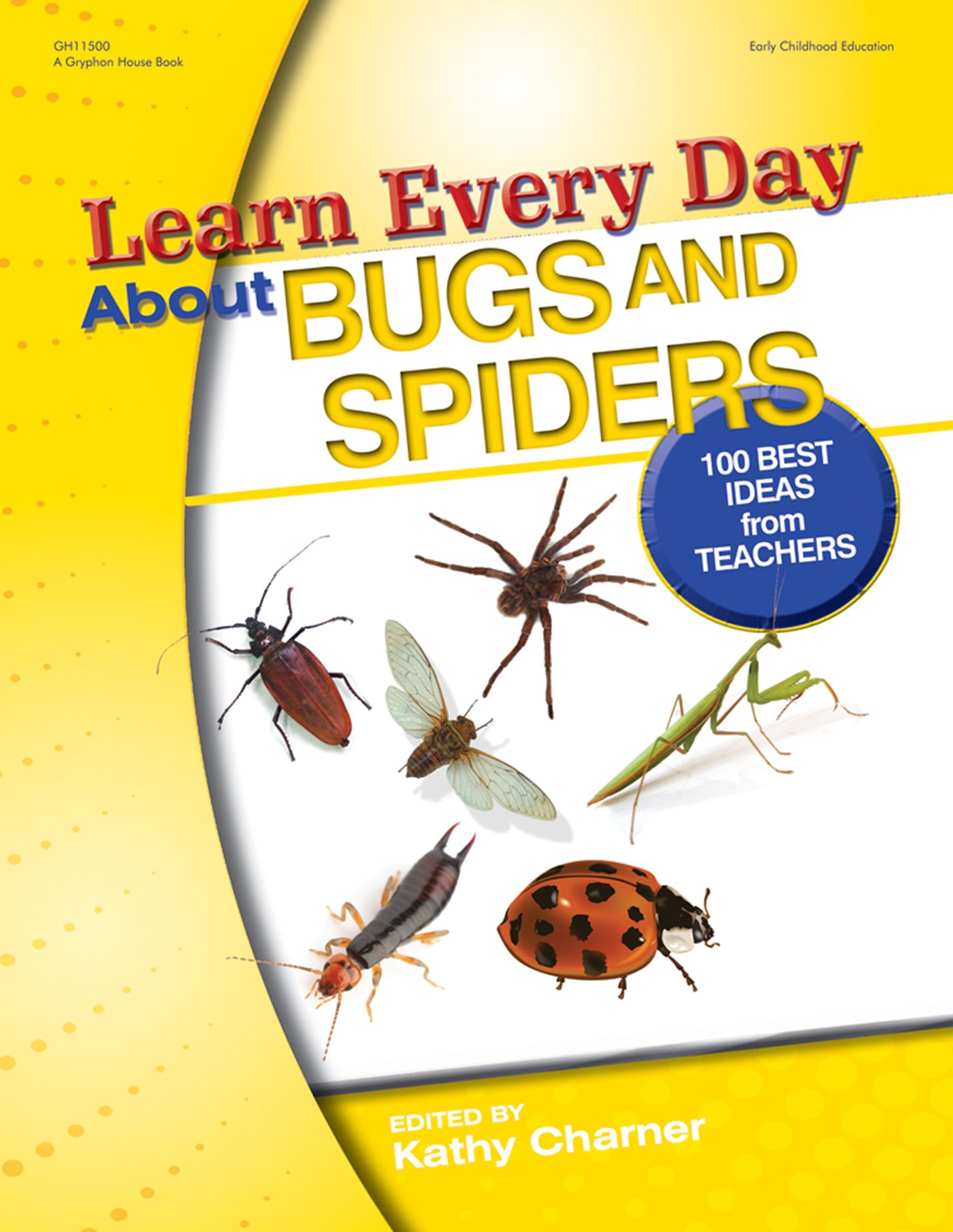Materials
toy insects and animals
place to classify each group of toys
packets of pictures of insects and animals for each child
construction paper for each child
glue sticks
Instructions
1. This activity will start on Monday and end on Friday. On Monday, cut a large
strip of clear contact paper, remove the backing, and tape it to the wall, stickyside
out. Write "Monday" on the top.
2. Tell the children that you will be collecting trash all day so each time they have
trash they need to stick it to the contact paper. Include paper towels from hand
washing, snack and lunch trash (but no food waste), and art trash.
3. At the end of the day put another piece of clear contact paper over the trash
and have the children help you count out all the trash. Talk about ways that
you could have made less trash: for example, using one paper towel when
drying hands, putting food in washable items, or using reusable items.
4. Do this activity each day for a week. Compare the days and talk about which
day had the most trash, which had the least, and if any days were equal.
Hopefully, by Friday the trash collection will be a lot less.
5. Hang these where parents can see how much trash the class made each day.
Teacher - to - Teacher Tip
* After doing this experiment, a field trip to your local recycling center is very
well received, because the children are now aware of how much trash they
contribute to our world.
Assessment
Consider the following:
* Have the children write or dictate to you a letter to the school or their parents
about ways to make less trash.
* Can the children indicate which day had the most trash and which had the least?
